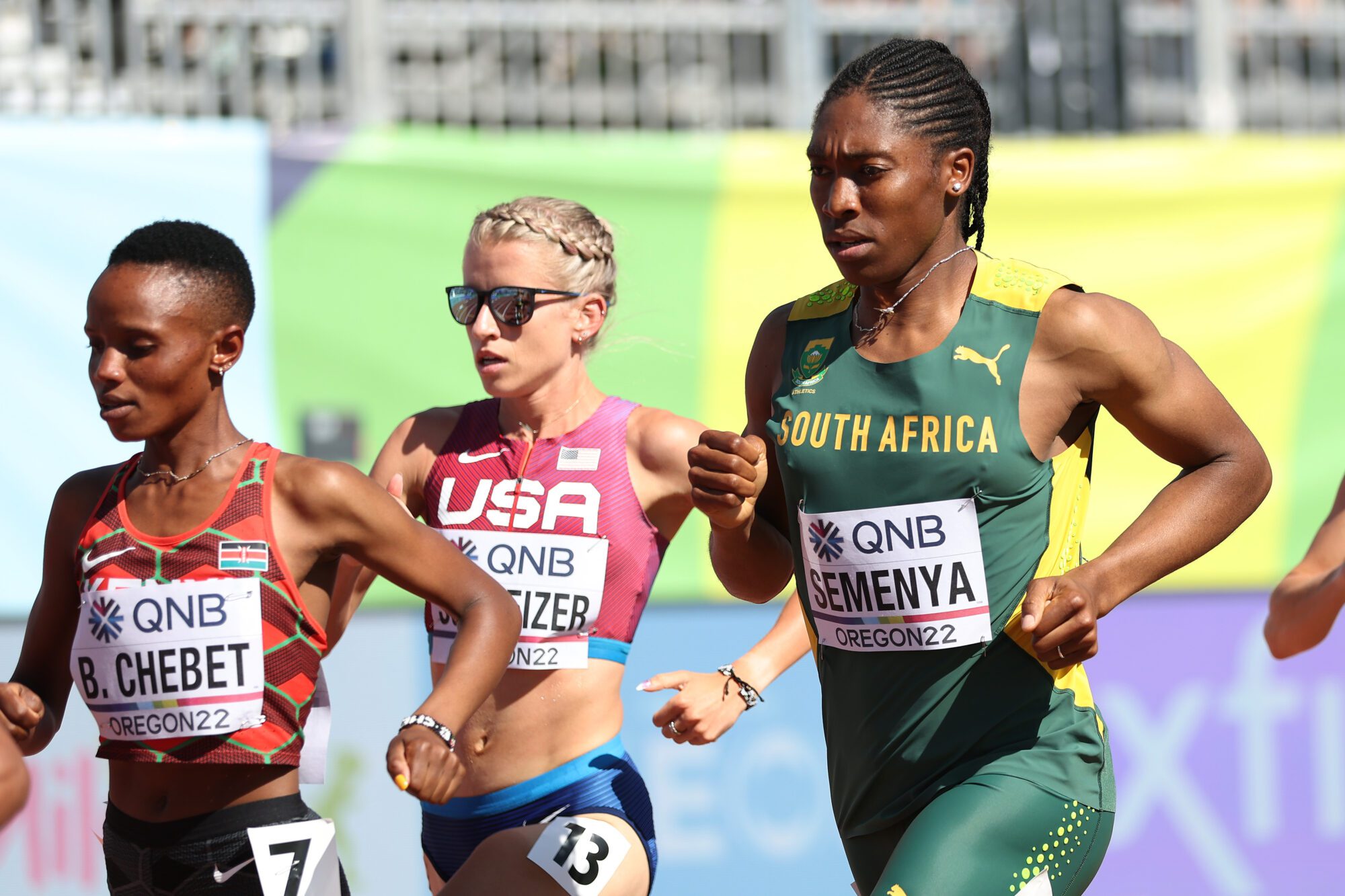On Thursday, March 23rd, the World Athletics Council issued a ruling regarding a growing and highly divisive issue within sports. Citing unfair biological advantages, it decided to restrict transgender females from competing in women’s athletics.
That same night, the governing body’s president, Sebastian Coe, said at a press conference that, starting March 31st, transgender women who had already gone through male puberty will no longer be granted access to such events. According to Coe, the decision was based “on the overarching need to protect the female category.”
The body’s decision came in the wake of a similar intervention by World Aquatics last year.
The World Athletics Council also voted to cut the maximum amount of plasma testosterone in half, to 2.5 nanomoles per liter, for athletes with Differences in Sex Development (DSD).
These DSD athletes—a rare group of athletes (not transgender), born with sexual anatomy that doesn’t fit the normal definition of male or female, and whose condition requires hormone treatments—are required to keep their testosterone levels below this new limit for a minimum of 24 months across all events in order to compete. This represents a doubling of the previous duration time.
The new guidelines now state that if testosterone levels exceed the allowable amount, athletes must either take medication or undergo surgery.
According to Coe, the option of transgender athletes being allowed to compete in the female category if they also maintained such levels of testosterone was considered. However, this proposal found little support in the end.
According to Coe, the majority of those consulted (40 member federations, coaches, athletes, plus a range of community groups including trans groups, UN experts, as well as the International Olympic Committee) were in favor of not allowing transgender athletes to compete in the women’s category, as there is insufficient evidence that transgender women have no advantage over their competitors.
Any physical advantages, they argue, therefore must first be mitigated before they are allowed to participate in women’s competitions.
Coe, however, added that they “are not saying no forever,” as he announced the formation of a working group, chaired by a transgender athlete, to study the issue of trans inclusion.
This working group, Coe said:
will look at any prevailing or changing or furthering of our understanding in that space. We do not know enough, we now need to know more, and that is the journey that we are on. But, we were not prepared to risk the female category on that basis.
In the Council’s press statement released that same day, Coe wrote:
Decisions are always difficult when they involve conflicting needs and rights between different groups, but we continue to take the view that we must maintain fairness for female athletes above all other considerations. We will be guided in this by the science around physical performance and male advantage which will inevitably develop over the coming years. As more evidence becomes available, we will review our position, but we believe the integrity of the female category in athletics is paramount.
Since women athletes, classified as transgender, have not yet participated in elite female competitions, the new rules would mostly affect DSD athletes.
Among them is the double Olympic champion in the 800 meter dash, the South African Caster Semenya. Born with the male XY chromosome, but assigned and raised as a female, the intersex woman’s body produces three times more testosterone than other women do.
In the Tokyo 2020 Summer Olympics, Semenya was not allowed to compete in the 800m category over her refusal to take testosterone inhibitors. A subsequent attempt to qualify for the 5000 meter category, to which these rules do not apply, came to naught.





